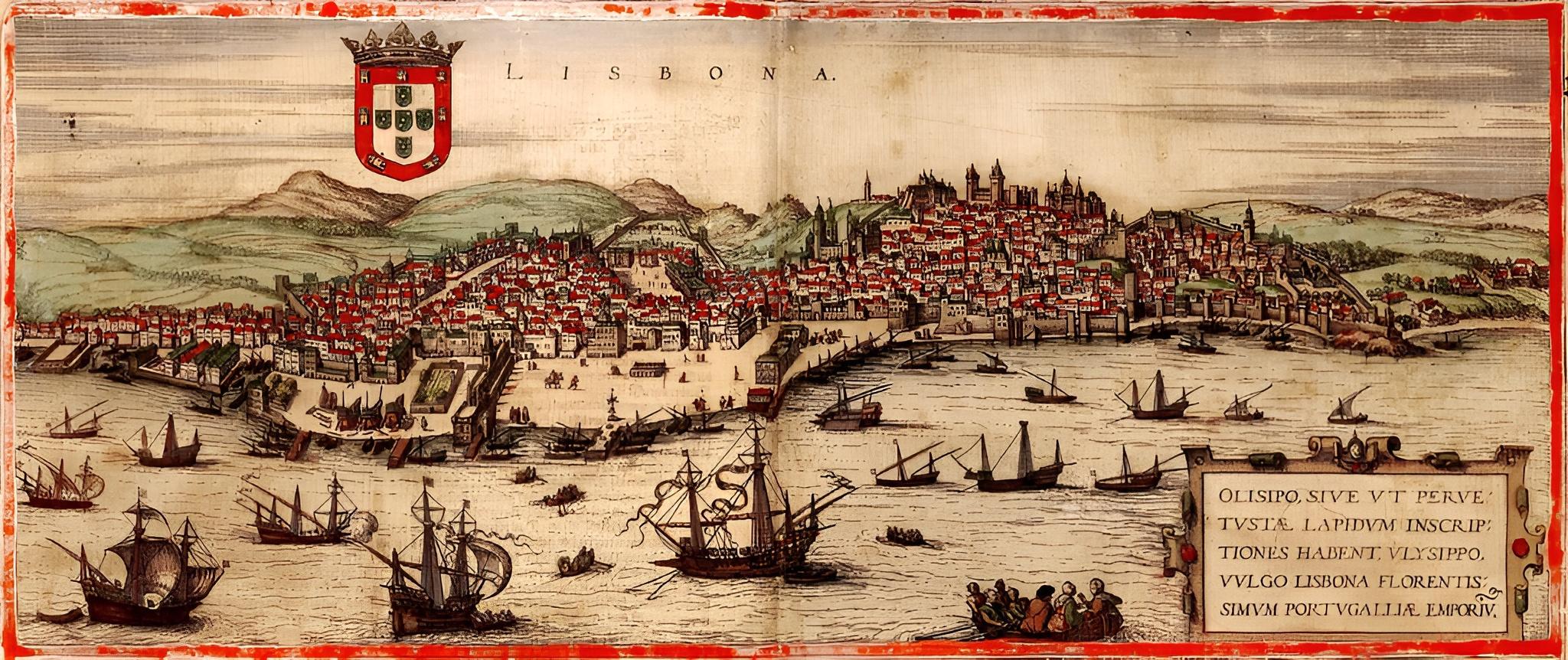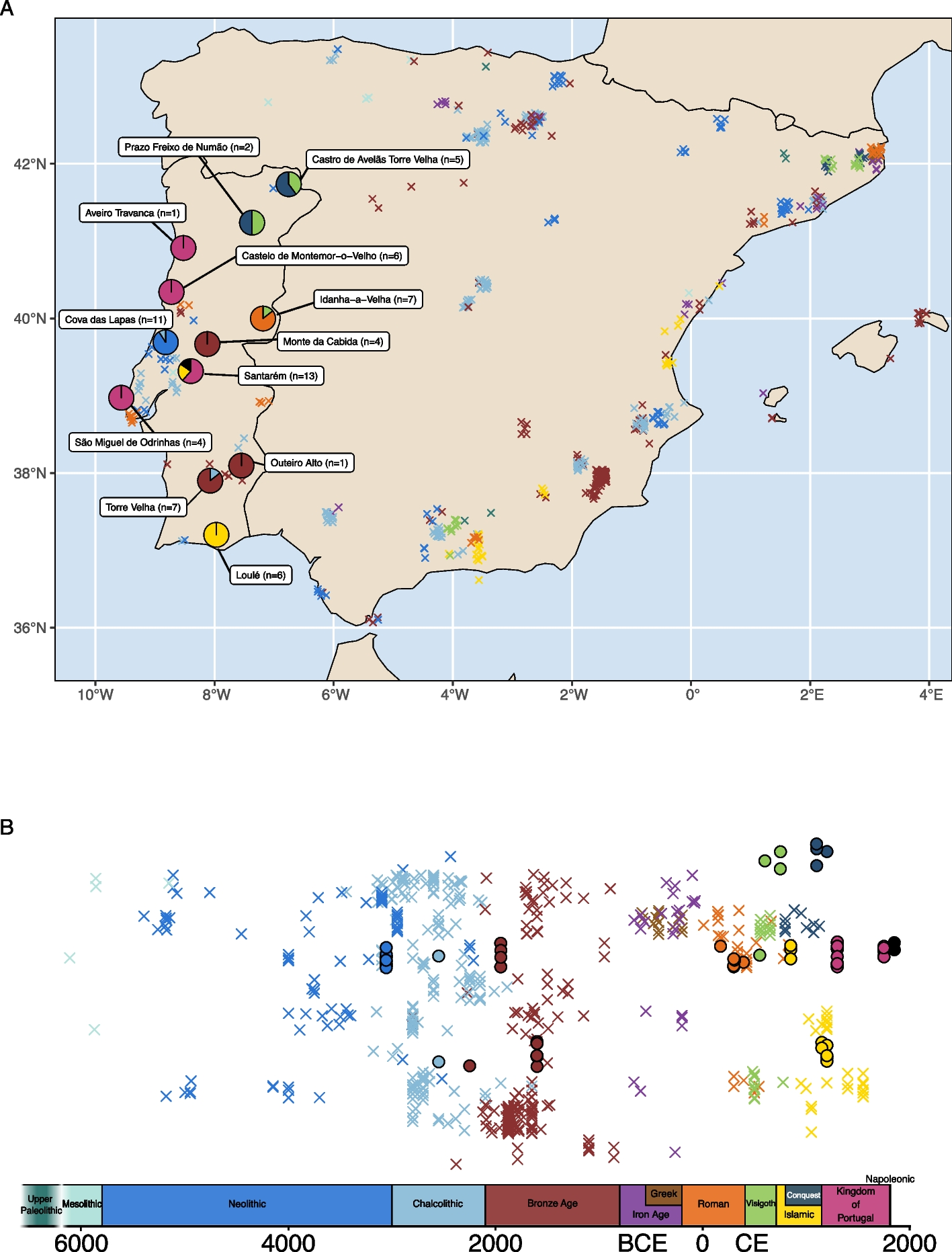The Genetic History of Portugal




Genetic History of Portugal: A Journey Through Millennia
The fascinating story of Portugal's genetic history unfurls over 5000 years, from the days of the Neolithic farmers to the bustling nineteenth century. Recent studies have revealed a comprehensive collection of ancient genome data from 67 individuals, shedding light on the demographic and cultural landscapes of this historically rich region. This research on ancient DNA from Iberia unveils a fascinating demographic history, particularly in Portugal, located on the western edge of continental Eurasia, providing a unique lens through which to observe ancient human migrations and interactions over millennia.
The rise and fall of ancient peoples left marks not only on the landscape but also in our genes. If you’ve ever wondered how your ancestry fits into that larger historical mosaic, MyTrueAncestry.com offers a fascinating perspective.
Portugal during the Neolithic age, around 5700/5600 BCE, marks a significant transition period from hunter-gatherer lifestyles to the establishment of farming communities. As we roll back the clock, we find ourselves amidst the hunter-gatherers and Anatolian-related farmers who shaped early Neolithic Portugal. Evidence suggests an early admixture between these groups, with the Magdalenian-ancestral influences lingering on the Iberian Peninsula. Archaeogenomic data reveals intriguing interactions between the local hunter-gatherers of the region and newly arrived Anatolian-related farmers. This admixture gave rise to communities that retained a notable level of the original hunter-gatherer genetic makeup, more so than contemporaneous Central European populations.
The Neolithic era marked a gradual shift to farming, an epic transformation coupled with intriguing burial sites like Cova das Lapas, where social dynamics are revealed through familial relations and grave goods. Excavations at this site have yielded ten new sequenced individuals dating from the Middle/Late Neolithic (around 3,300 BCE), showcasing diverse mtDNA haplogroups, which reflect both the local legacy and the newcomers' contributions. The distribution of artifacts and the diversity in burial practices suggest complex societal organization and enduring cultural interchanges, with evidence pointing to potential patrilocal settlement patterns where men remained native whilst women moved for marriage.
The Chalcolithic period (approximately 3000–2000 BCE) in Portugal is marked by continuities in population genetics, despite emerging metallurgy and evolving social structures. The era continued into the Chalcolithic, known for the distinct Bell Beaker culture. What's thrilling here is the emergence of Steppe-related ancestry, marking a new chapter in Portugal's genetic tale. The Bell Beaker sites mark the first appearance of Steppe-related ancestry in Portugal, though interestingly, this ancestry seemed to arrive without the Y-chromosome marker, R1b, often associated with Steppe migrations, suggesting a more nuanced story possibly involving female-mediated gene flow.
Sites associated with the Bell Beaker phenomenon illustrate a genetic continuity from the Neolithic, retaining local Y-chromosome markers, thus suggesting a gradual rather than abrupt cultural shift. The Bell Beaker sites themselves, with their distinctive pottery and burial styles, further hint at extensive cultural exchanges across Europe while maintaining strong connections to local traditions.
Enter the Bronze Age, a time of burgeoning metallurgy and social stratification. The Bronze Age brought about a marked increase in Steppe-related ancestry, reshaping the genetic landscape of Portugal. As Steppe-related genetics made their mark, connections emerged with Central Europe and beyond. Excavations at sites such as Monte da Cabida expose the depth of these interactions, revealing a complete turnover in Y-chromosome lineages to those of Steppe origin. Yet, this demographic shift coincided with enduring genetic markers from prior eras, indicating continuity amid change.
During this period, a quest for valuable resources spurred trade with regions like North Africa. Trade networks during the Bronze Age connected the Iberian Peninsula with other regions, hinting at early interactions across the Mediterranean. These interactions are mirrored in the archaeological finds of imported goods like amphorae and fine ceramics, depicting a vibrant and interconnected ancient world. Despite the influx of genes from afar, the genetic palette of the peninsula remains uniquely Iberian, perhaps due to early assimilation efforts, where local and newcomer genes constantly intermingled to shape resilient identities.
Fast forward to the Roman period, where the village of Idanha-a-Velha stands out as a beacon of diversity. The arrival of Rome around the third century BCE brought with it tales of sweeping changes. Urbanization flourished in settlements like Idanha-a-Velha, where archaeological digs have uncovered a myriad of influences. With traces of North African and Eastern Mediterranean ancestries, the village tells tales of Roman expansion and the convergence of cultures. This site reveals a genetic melting pot with threads from North Africa, the Eastern Mediterranean, mixing with the local Portuguese populace.
Discoveries here remind us of the vast trade networks and migratory patterns that were hallmarks of the Roman Empire. The Romans, with their sprawling networks and continental connections, inadvertently championed a demographic mix, drawing traders and settlers alike from all corners of their Empire. The admixture here reflects not only local Iberian roots but also significant influences that are symptomatic of the complex sociopolitical landscapes of Roman imperial expansion and the extensive Mediterranean trade networks.
The Early Medieval period is a patchwork of Central European diversity, as migrations of Germanic tribes carved their genetic signatures into Portugal. As the Roman hold waned and Germanic tribes swept through the peninsula, Medieval Portugal found itself awash with new influences. In the Early Medieval period, the echoes of Roman roads still resound through migrations of Germanic tribes like the Visigoths across Iberia. Genetic data suggests a dynamic interplay between these incoming peoples and those long-settled.
As the Islamic and later Christian conquests unfolded, a fascinating blend of North African and local genetics in the south persisted, enriching the populace with new layers of identity. The period of Islamic and Christian reconquests paints a portrait of shifting dominance with persistent regional imprints, especially across Portugal's northern to southern expanses. Continuing into the Islamic conquest, the rich blend of African and Iberian legacies creates a tapestry that remains visible today. Southern Portugal exhibits this African ancestry most prominently, maintaining these ties long after political shifts force Islam's retreat northward.
Excavations from Christian burial sites suggest continuity with Early Medieval ancestors, further emphasizing the extent to which historical events like the Islamic occupation have left lasting legacies on the modern genetic landscape. The genetic continuity coupled with external admixtures is a testament to the complexity of Portugal's history, creating a narrative still evident in the genetic fabric of modern Portugal.

Discover how your DNA connects to ancient civilizations at www.mytrueancestry.com.
Comments